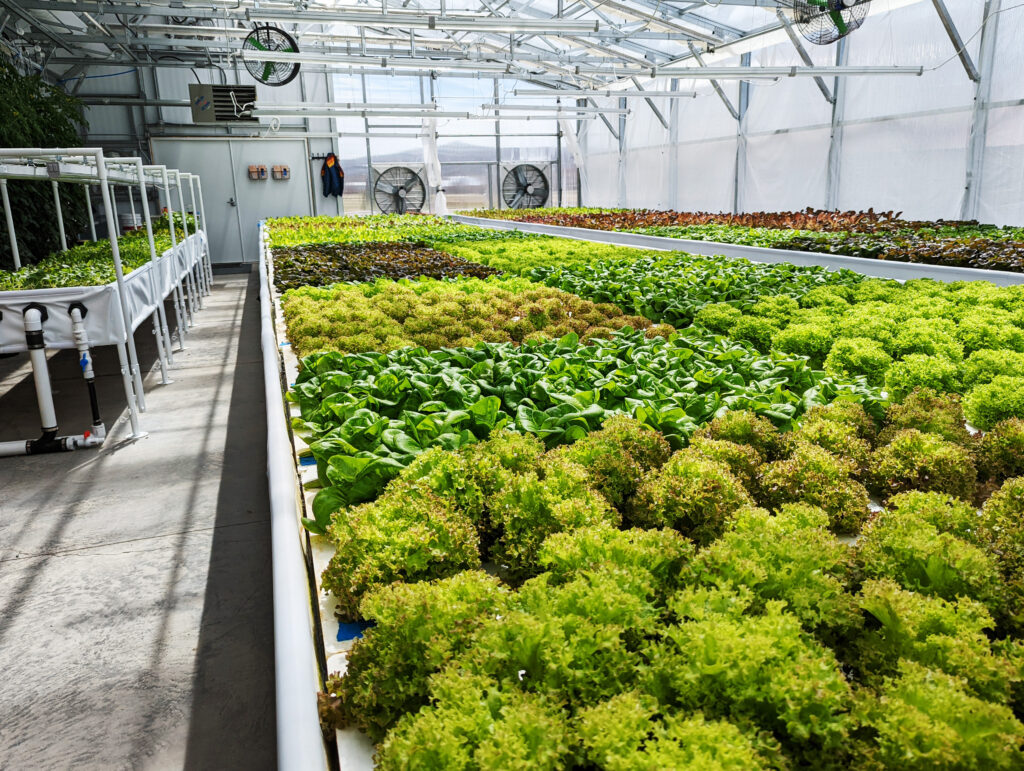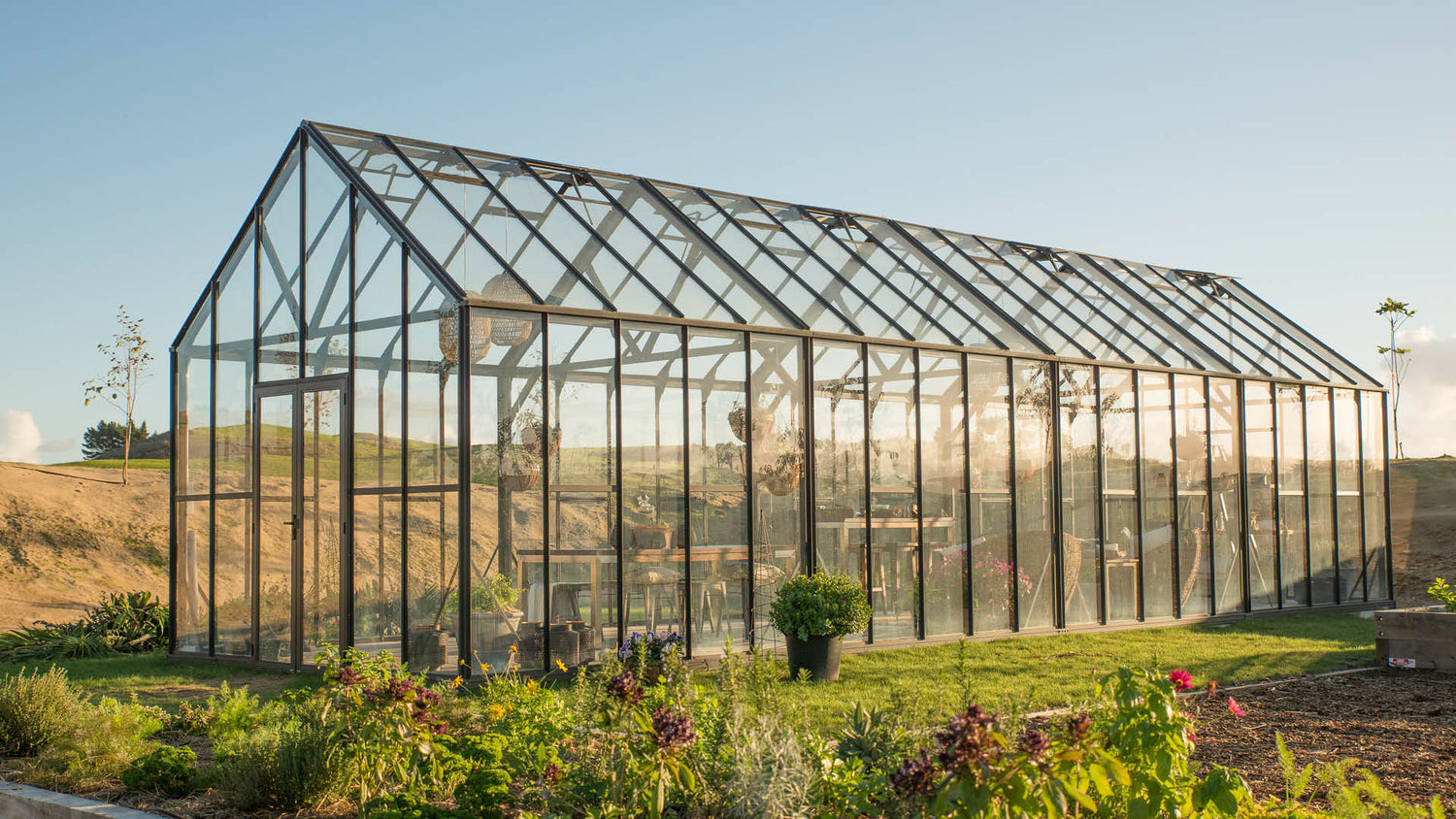Ranch to Table Vision: Monarch Farm Greenhouse Utah Agricultural Marvels
Wiki Article
The Future of Greenhouses: Advancements in Lasting Farming
Are you curious concerning the future of greenhouses and just how they are transforming sustainable farming? From innovative climate control systems to upright farming methods, water-efficient watering approaches, renewable energy assimilation, and smart data analytics, these developments are changing the means we expand our food.Advanced Environment Control Systems
To achieve optimum growing conditions, you can depend on the developments in greenhouses with sophisticated climate control systems. These systems have reinvented the method we cultivate plants, providing a controlled atmosphere that contributes to plant development. With these ingenious systems, you can now manipulate temperature level, moisture, light levels, and also CO2 concentrations to produce the perfect conditions for your plants to prosper.One of the essential attributes of these sophisticated climate control systems is their ability to manage temperature. By utilizing sensors and automated controls, the greenhouse can change the temperature level based upon the specific requirements of the plants. This makes certain that they are never ever subjected to extreme warmth or chilly, which can be harmful to their growth.
Moisture control is one more essential aspect of these systems. By maintaining the suitable humidity degrees, you can stop problems such as mold and mildew, mold, and illness from impacting your crops. These systems can additionally control the quantity of light that gets to the plants, making sure that they get the optimal amount for photosynthesis.
Additionally, progressed environment control systems can even control CO2 concentrations. By increasing the levels of carbon dioxide in the greenhouse, you can enhance plant growth and efficiency. This is especially helpful in areas with reduced natural carbon dioxide levels.
Vertical Farming Techniques
One important vertical farming method is utilizing piled expanding systems. Piled growing systems are commonly utilized in metropolitan locations where room is restricted.One preferred method is understood as vertical hydroponics, where plants are grown in nutrient-rich water without soil. This method is very reliable as it decreases water usage by as much as 90% compared to traditional farming methods. Furthermore, considering that the plants are expanded inside your home, they are secured from conditions and parasites, lowering the demand for chemicals.
An additional strategy is aeroponics, which entails putting on hold the plant origins in a haze or air atmosphere. This approach permits for optimal nutrient absorption and oxygenation, resulting in faster growth and higher yields. Aeroponics additionally utilizes much less water than typical farming and can be applied in upright systems, making it a prominent option for upright farming.
Water-efficient Irrigation Methods
Taking full advantage of water preservation is important when it involves applying water-efficient irrigation methods in lasting farming. With worldwide water scarcity becoming a pushing problem, it is crucial to develop cutting-edge methods that optimize water use in greenhouse operations.One encouraging technique is drip irrigation, which supplies water directly to the plant origins, lessening waste and evaporation. By using a network of tubes with little emitters, water is applied gradually and exactly, ensuring that plants get the necessary dampness without excess overflow.
Another reliable method is using soil dampness sensors. These tools gauge the wetness material in the dirt and offer real-time data to farmers. By monitoring the soil's moisture levels, farmers can properly establish when and just how much water to apply, protecting against over-irrigation.
Furthermore, the execution of rainwater harvesting systems is acquiring appeal in greenhouse agriculture. Accumulating rain from roofs and saving it in containers enables farmers to utilize this all-natural source for irrigation functions, lowering dependence on traditional water resources.
Finally, the fostering of automated irrigation systems can considerably improve water effectiveness. These systems use sensing units to discover dirt wetness degrees and weather condition conditions, changing irrigation routines accordingly. By enhancing water use based on real plant requirements, these systems can lower water waste and promote lasting farming practices.
Renewable Resource Integration
Eco-friendly power assimilation in greenhouses supplies numerous advantages, consisting of minimized running expenses and lowered dependence on non-renewable power resources. The created power can after that be made use of to run numerous operations within the greenhouse, such as air flow, home heating, and lights systems. These turbines harness wind power and convert it right into zoysia matrella electrical power, which can be utilized to supplement the power requirements of the greenhouse.Smart Data Analytics and Automation
To improve the effectiveness of your greenhouse operations and optimize resource use, think about carrying out clever information analytics and automation. Smart data analytics includes collecting and assessing data from numerous sensors and tools within your greenhouse. By keeping an eye on factors such as temperature, moisture, light levels, and soil Continued dampness, you can acquire important insights right into the health and wellness and growth of your plants. This data can aid you make informed decisions regarding readjusting ecological conditions, optimizing irrigation routines, and stopping possible problems before they arise.
This can consist of automating the control of illumination, air flow, irrigation systems, and nutrient delivery. By automating these processes, you can guarantee that your plants receive the right problems and nutrients at the ideal time, without the need for constant hand-operated treatment.
In addition, clever information analytics and automation can interact synergistically. The data collected by sensors can be used to inform automatic systems, permitting them to make real-time modifications based on the present conditions. This combination of data analytics and automation can result in a lot more effective and precise source appropriation, inevitably causing greater yields and much better plant high quality.
Verdict
In final thought, the future of greenhouses in lasting agriculture looks promising. With sophisticated climate control systems, vertical farming techniques, water-efficient watering techniques, and renewable resource assimilation, greenhouses are coming to be more effective and eco-friendly. Furthermore, making use of wise information analytics and automation better improves productivity and lowers waste. These advancements are leading the way for a much more efficient and lasting farming industry, ensuring a greener and much healthier future for all.
By optimizing water usage based on real plant needs, these systems can lower water waste and promote sustainable farming practices.

Report this wiki page